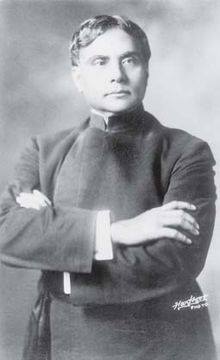Towards a Caste-less Bharatham ( India ) –2.3
3. Evolution of Castes
Interestingly, the origins of the varna divisions as found in the Rig Veda appear to be racial. Early verses of this Veda speak of two varnas, the arya and the dasa (or dasyu), as two distinct and inimical groups, differing in physical features, skin colour and culture. The dasas were later conquered and assimilated even as the four varnas with their traditional duties as known to us crystallized by the later Vedic period.
Although according to texts like the Bhagavadgita varna divisions are based on individual character traits (guna) and occupation (karma), these divisions had turned hereditary in the late Vedic period itself, even as occupations became hereditary. Here it may be worth noting that even in modern societies the likelihood that children will choose the vocation of their parents, or a related vocation, is quite high. That occupations should be hereditary in ancient times was, therefore, only natural.
Despite the restrictions imposed by the Smritis on inter-varna marriages, caste divisions in ancient India remained fairly fluid. In the Mahabharata we find Yudhishthira commenting: ‘It appears to me that it is very difficult to ascertain the caste of human beings on account of confusion of all varnas … hence the wise consider character the prinicipal desirable. ‘Acharya Shankara echoes a similar view about the then existing caste structure in his Brahma-sutra-bhashya.
The proliferation of vocations and inter-varna marriages led to the formation of numerous occupational groups, each of which became, by the medieval times, a caste or a sub-caste called jati which, as the name itself implies, was hereditary.
Next : 4. Caste and Privilege
Swami Satyaswarupananda
Sri Ramakrishna Mission.
To be continued ..





Comments
Post a Comment